◆Chronological table of Sesshu Toyo (1420-1502or1506)
|
| 1420.Age 1 |
Sesshu was born near Soja city in Okayama Prefecture. |
| 1431.Age12 |
Sesshu Entered Shokokuji Temple in Kyoto as an acolyte under the head priest:Shunrin
Shuto.
Sesshu Became a pupil of a famous painter:Tensyo Shubun,Shokokuji Temple.
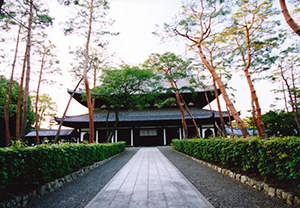 Shokokuji Temple Shokokuji Temple
|
| 1454.Age35 |
Moved from Kyoto to Yamaguchi and Stayed at Unkoku-an.
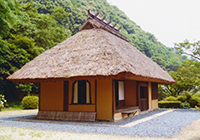 Unkoku-an Unkoku-an
|
| 1467.Age48 |
Onin Civil War broke out in Kyoto(1467-1477).
Sesshu landed at Ningpo in China as one of members of a Japanese envoy
to China (Ming).
Sesshu was honored with the top position among the Priest of the Temple
at Mt.Tendo during his sojourn in Ming China.
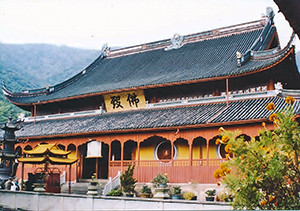 Tendoji Temple Tendoji Temple
|
| 1468.Age49 |
Sesshu did a wall painting in the building of the Board of Rites in Beijing. |
| 1469.Age50 |
Sesshu returned from China to Japan. But Onin Civil War
still continued.
So,Sesshu started to travel through the northern part of Kyushu and settled
down near Beppu in Oita Prefecture.
|
| 1478.Age59 |
Sesshu came to our town,Masuda,and entered Sukanji Temple and made two
gardens.
They were designated as place of historic sites and scenic beauty by the
government.
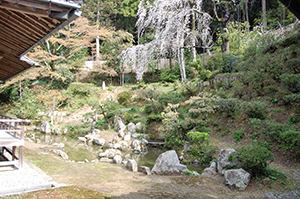 Ikoji Temple(Sesshu Garden) Ikoji Temple(Sesshu Garden)
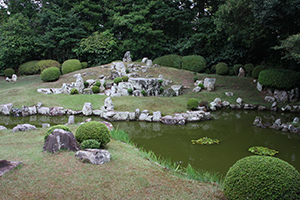 Manpukuji Temple(Sesshu Garden) Manpukuji Temple(Sesshu Garden)
|
| 1479.Age60 |
Draw a “Portrait of Masuda Kanetaka”
Inscription by Chikushin Shutei, dated November 15,
1479.
Important National Cultural Property
Collection: Sesshu Memorial Museum
Masuda Kanetaka is the 15th Feudal Lord of the Masuda Family.He devoted his life to culture and peace through his religious belief of the Zen sect.
|
| 1483.Age64 |
Draw a “Birds and Flowers of the Four Seasons”
These pictures were painted in celebration of the 17th Lord Munekane succeeding
to a house of the Masuda Family.
|
| 1486.Age67 |
Draw a “Landscape of the Four Seasons”
Mouri Museum,Yamaguchi
|
| 1495.Age76 |
Draw a “Haboku Landscape”
Tokyo National Museum |
| 1496.Age77 |
Draw a “Huike Offering His Arm to Bodhidharma”
Sainenji Temple,Aichi |
| 1502.Age83 |
Sesshu entered Tokoji Temple in Masuda.
Sesshu died at Tokoji Temple.
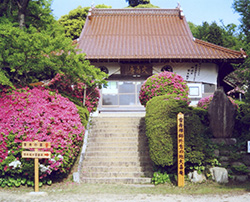 Taiki-an Taiki-an
Taiki-an cottage built upon the vestigen of Tokoji Temple,the place of
Sesshu's death.
|